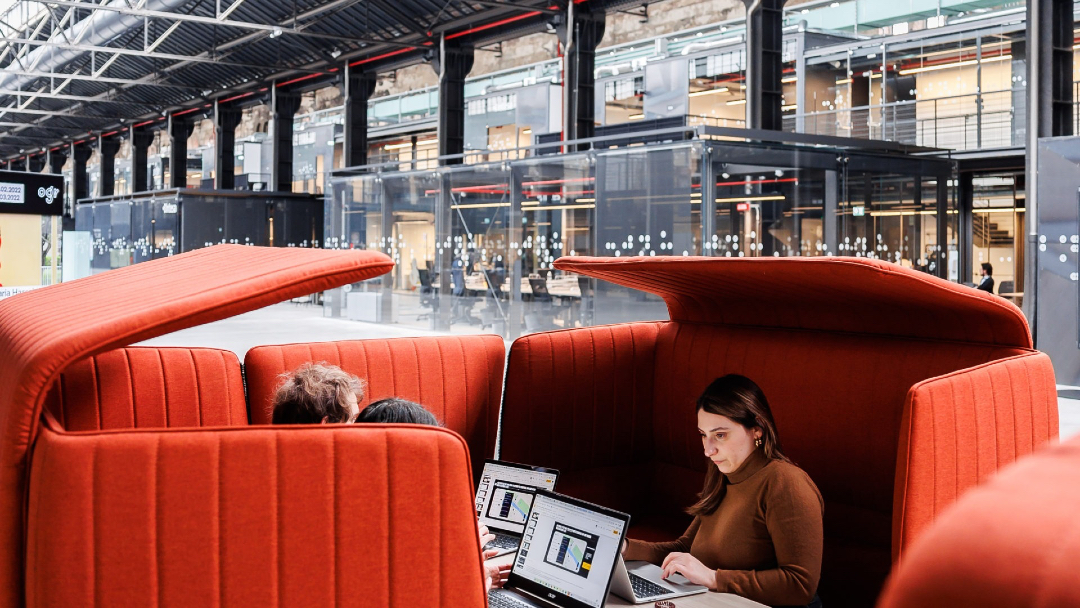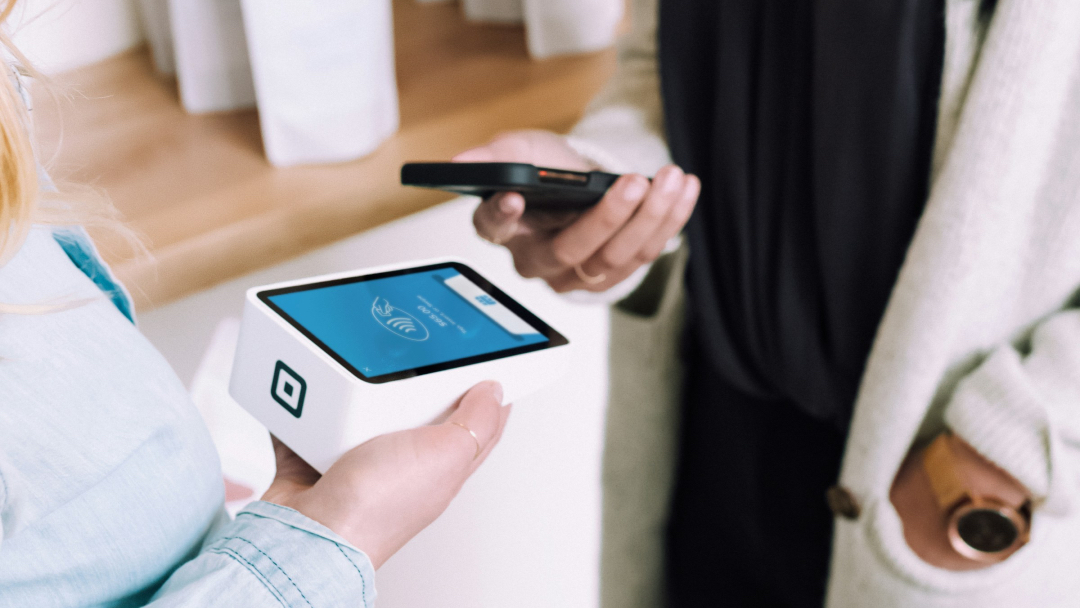Risorsa realizzata da TORO Legal Hub
Il software consiste in una sequenza di istruzioni espresse in un determinato linguaggio che per effetto del caricamento in un elaboratore comandano lo svolgimento ordinato di determinate attività. Queste istruzioni possono essere espresse in un linguaggio comprensibile all’uomo (c.d. codice sorgente) oppure soltanto alla macchina che le riceve, interpreta ed esegue (c.d. codice oggetto).
Storicamente l’esigenza di tutelare il software nasce a seguito dell’avvento degli Home Computer e di Internet nonché con la crescita esponenziale dei prodotti informatici ed alla diffusione anche presso il pubblico di strumenti che ne rendono estremamente semplice la riproduzione abusiva.
In questo contesto si consolida la necessità di ricorrere ad una protezione forte ed esclusiva del software.
Oltre alla tutela del diritto d’autore, il software può godere di una esclusiva brevettuale anche se nel rispetto di determinati requisiti e presupposti.
Occorre preliminarmente considerare che rispetto alla tutela autorale (nell’accezione più comune “copyright”) che copre gli aspetti estetici e creativi dell’opera, il brevetto consente di monopolizzare per un periodo determinato – vent’anni dal deposito della domanda – la funzionalità del software oggetto dell’invenzione. In questo modo l’inventore otterrebbe un diritto di escludere dal mercato i terzi che vogliano commercializzare una invenzione identica e/o simile a quella rivendicata dal brevetto.
È importante sottolineare come i due tipi di tutela, quella del copyright e quella brevettuale non si escludono l’un l’altro ma anzi si cumulano vicendevolmente sullo stesso oggetto andando a coprire ambiti e aspetti differenti, quello estetico, artistico e di progettazione per la tutela autorale, quello funzionale per la tutela brevettuale. Inoltre, tali tutele non escludono altre forme di protezione sul software come ad esempio la tutela concorrenziale, sul segreto industriale e sul know-how.
Entriamo ora nel dettaglio della tutelabilità del software attraverso il brevetto.
Con la definizione brevetto di software ci si riferisce, secondo la definizione adottata dall’Unione Europea, ad un brevetto applicato ad una «invenzione realizzata per mezzo di un elaboratore». Dove per invenzione deve intendersi il superamento di un problema tecnico attraverso elementi nuovi e originali rispetto al settore tecnico di riferimento.
In particolare, la tutela brevettuale al software è applicabile ai soli programmi che presentino i requisiti propri delle invenzioni brevettabili: l’industrialità, la novità e il carattere inventivo. Affinché sia considerata implicante un’attività inventiva un’invenzione attuata attraverso un elaboratore elettronico deve implicare un contributo creativo. Quest’ultimo è valutato considerando la differenza tra l’oggetto della rivendicazione di brevetto nel suo insieme i cui elementi possono comprendere caratteristiche tecniche e non tecniche e lo stato dell’arte.
Inoltre, il contributo tecnico nuovo e non evidente può risultare dal problema all’origine dell’invenzione rivendicata e da questo risolto; dai mezzi ossia dalle caratteristiche tecniche che costituiscono la soluzione del problema in questione dagli effetti ottenuti nella soluzione del problema in questione ed infine dalla necessità di considerazioni tecniche per giungere all’invenzione attuata per mezzo di elaboratori elettronici.
Pertanto, qualora una invenzione di software rappresenti un contributo tecnico allo stato dell’arte, tale invenzione di software è brevettabile all’Ufficio Brevetti Europeo ed anche in Italia.
Di conseguenza se, ad esempio, la messa a punto di un metodo commerciale richiede considerazioni di carattere tecnico relative tra l’altro all’informatizzazione di questo metodo ed all’ideazione di un algoritmo che renda più rapida e più sicura questa informatizzazione e se le considerazioni ora dette portano a soluzioni nuove e non evidenti allo stato dell’arte, l’aspetto tecnico del software è riconducibile anche alle specifiche soluzioni adottate per l’informatizzazione di questa procedura in cui può essere riconosciuta l’attività inventiva. L’invenzione in questo caso è brevettabile.
L’Italia ha aderito alla Convenzione sul Brevetto Europeo (CBE) e la Legge Invenzioni italiana e la sua interpretazione sono sostanzialmente armonizzate con la CBE e con l’orientamento dell’Ufficio Brevetti Europeo.
In conformità all’art. 52 della CBE, il Legislatore Italiano con l’art. 45 Codice della Proprietà Industriale stabilisce che i programmi per elaboratori, considerati così come tali, non sono ritenute invenzioni.
Secondo tale disposizione normativa viene circoscritto il divieto di brevettazione al software così com’è, avulso dall’algoritmo di soluzione poiché la sua realizzazione è il frutto di un lavoro meramente applicativo. Pertanto, è necessario tenere distinti all’interno del software l’insieme di istruzioni ordinate in sequenza che applicano cioè interpretano e svolgono un algoritmo dall’algoritmo stesso. In quest’ottica, è possibile brevettare l’algoritmo per computer che sia il risultato di un’invenzione.
Questo è il caso, ad esempio, di un software inventivo che implementi un procedimento per far funzionare un elaboratore ottimizzandone la gestione delle risorse o che controlli un procedimento di produzione o che attui un procedimento di automazione o che realizzi un metodo di elaborazione di dati che rappresentano entità fisiche. Un Brevetto di Invenzione protegge gli algoritmi e/o la logica soggiacenti al software, indipendentemente dalla sua specifica implementazione.
L’Organizzazione europea dei Brevetti (EPO, l’ufficio brevetto europeo) ha rilasciato molti brevetti su invenzioni basate almeno in parte su software da quando è in vigore, dagli anni settanta, la Convenzione europea dei Brevetti. L’articolo 52 della convenzione, come detto, esclude esplicitamente i programmi per computer dalla brevettabilità (comma 2), intesi come programmi per computer in quanto tali (comma 3). L’interpretazione data all’articolo è che può essere brevettabile una nuova soluzione tecnica la quale risolve in maniera inventiva (ossia in maniera non ovvia) un problema tecnico. Nel caso di invenzioni implementate mediante l’utilizzo di un calcolatore, espresse in termini di fasi, per poter ottemperare ai requisiti di brevettabilità vi deve necessariamente essere un Ulteriore Effetto Tecnico che va oltre la normale interazione del software con gli elementi e i dispositivi hardware.
La mancanza di un problema Tecnico, consente spesso di poter distinguere un “software” fine a se stesso (ossia un programma per un computer in quanto tale) da un programma in grado di consentire l’ottenimento di una soluzione Tecnica capace di risolvere un Problema Tecnico in maniera nuova e inventiva rispetto allo Stato dell’Arte. Lo Stato dell’Arte è l’insieme di tutto ciò che risulta noto ed accessibile al pubblico mediante qualsiasi divulgazione, scritta o orale, fino al giorno prima della data di deposito di una domanda di brevetto.
Ad esempio non è brevettabile un programma che elabora delle immagini. È invece brevettabile un nuovo algoritmo che permette in maniera nuova ed inventiva di elaborare le immagini provenienti da un telescopio, consentendo di aumentare la risoluzione e la qualità delle immagini del telescopio stesso. Un’invenzione basata su computer che risolve solamente un problema commerciale e non un problema tecnico non è considerata brevettabile. Tuttavia, il fatto che un’invenzione sia utile nel settore commerciale non significa automaticamente che non sia brevettabile.
Infine, è bene accennare brevemente che il contenuto della tutela brevettuale del software si estende anche alle attività di riproduzione e decompilazione dell’invenzione consentite per legge (ex art. 68 codice della proprietà intellettuale) unicamente ai fini sperimentali. Infatti, il reverse engineering comporta la riproduzione e/o la elaborazione del codice del software e la sua decompilazione e deve considerarsi lecita soltanto nei limiti in cui rispetti le condizioni di cui agli articoli 64 ter e 64 quater della Legge sul diritto d’autore (LDA) che si riportano per comodità espositiva qui di seguito:
64 ter LDA
“1. Salvo patto contrario, non sono soggette all’autorizzazione del titolare dei diritti le attività indicate nell’art. 64 bis, lettere a) e b), allorché tali attività sono necessarie per l’uso del programma per elaboratore conformemente alla sua destinazione da parte del legittimo acquirente, inclusa la correzione degli errori.
2. Non può essere impedito per contratto, a chi ha il diritto di usare una copia del programma per elaboratore di effettuare una copia di riserva del programma, qualora tale copia sia necessaria per l’uso.
3. Chi ha il diritto di usare una copia del programma per elaboratore può, senza l’autorizzazione del titolare dei diritti, osservare, studiare o sottoporre a prova il funzionamento del programma, allo scopo di determinare le idee ed i principi su cui è basato ogni elemento del programma stesso, qualora egli compia tali atti durante operazioni di caricamento, visualizzazione, esecuzione, trasmissione o memorizzazione del programma che egli ha il diritto di eseguire. Le clausole contrattuali pattuite in violazione del presente comma e del comma 2 sono nulle.”
64 quater LDA
“1. L’autorizzazione del titolare dei diritti non è richiesta qualora la riproduzione del codice del programma di elaboratore e la traduzione della sua forma ai sensi dell’art. 64 bis, lettere a) e b), compiute al fine di modificare la forma del codice, siano indispensabili per ottenere le informazioni necessarie per conseguire l’interoperabilità, con altri programmi, di un programma per elaboratore creato autonomamente purché siano soddisfatte le seguenti condizioni:
a) le predette attività siano eseguite dal licenziatario o da altri che abbia il diritto di usare una copia del programma oppure, per loro conto, da chi è autorizzato a tal fine;
b) le informazioni necessarie per conseguire l’interoperabilità non siano già facilmente e rapidamente accessibili ai soggetti indicati alla lettera a);
c) le predette attività siano limitate alle parti del programma originale necessarie per conseguire l’interoperabilità.
2. Le disposizioni di cui al comma 1 non consentono che le informazioni ottenute in virtù della loro applicazione:
a) siano utilizzate a fini diversi dal conseguimento dell’interoperabilità del programma creato autonomamente;
b) siano comunicate a terzi, fatta salva la necessità di consentire l’interoperabilità del programma creato autonomamente;
c) siano utilizzate per lo sviluppo, la produzione o la commercializzazione di un programma per elaboratore sostanzialmente simile nella sua forma espressiva, o per ogni altra attività che violi il diritto di autore.
3. Le clausole contrattuali pattuite in violazione dei commi 1 e 2 sono nulle.
4. Conformemente alla convenzione di Berna sulla tutela delle opere letterarie ed artistiche ratificata e resa esecutiva con legge 20 giugno 1978, n. 399, le disposizioni del presente articolo non possono essere interpretate in modo da consentire che la loro applicazione arrechi indebitamente pregiudizio agli interessi legittimi del titolare dei diritti o sia in conflitto con il normale sfruttamento del programma.”
Il reverse engineering è una tematica molto delicata e attuale che merita un approfondimento ad hoc e sul quale torneremo.
Al giorno d’oggi il software e le nuove tecnologie sono il motore della nostra società ed è un settore in crescita esponenziale. Per tale motivo ottenere una tutela brevettuale garantirebbe al titolare di acquisire a livello aziendale un asset fondamentale conferendo un importante vantaggio competitivo e concorrenziale.





